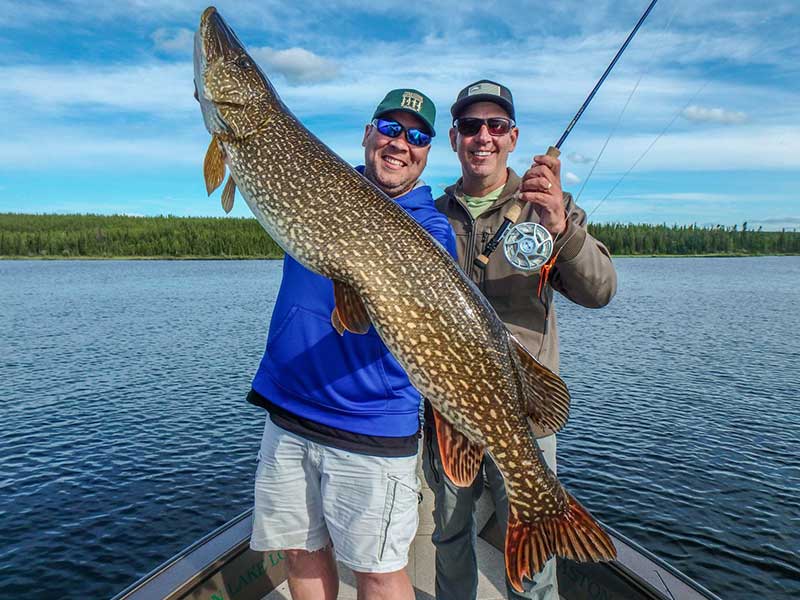
Step 1- Start by creating a thread base covering the entire shank all the way to the bend of the hook

Step 2- Tie in monofilament along one side of the hook shank, about a quarter of the way back from the hook eye. The curl of the mono should stick out the opposite side from where it was tied in and level with the hook shank.

Step 3- Tie the mono alongside the opposite side of the shank to form the loop. The loop should extend straight back, in line with the shank. Cut of excess mono extending towards the hook eye even with the opposite side, about a quarter of the way back from the hook eye.

Step 4- Use glue of choice to cover the thread securing the mono. Take your rabbit strip tail section and place it just behind where the mono tips were covered and tie it in back to bend where the mono loop begins. Adding glue prior to laying on your bunny strip greatly improves durability for pike fishing!

Step 5- Add your preferred glue to cover the thread used to tie down the tail section. Tie in the cross cut rabbit strip, angle it back toward the tail on a 45 degree angle. The fur coming off the cross cut strip should point back towards the tail section. Again, add glue to the tie down point. Advance the thread to the hook eye. Cross cut fur has a better aesthetic look as the fur will lay back in a more streamlined manner, however straight cut rabbit strips may also be used for the head section.

Step 6- Make sure your thread is advanced all the way to the hook eye. Add your preferred glue to the thread. Wrap the cross cut rabbit strip forward around the shank to the hook eye and tie it down.

Step 7- Whip finish and color in the thread to match if desired. Add head cement or your preferred glue to secure the head.


Bunny leeches are a great choice for lethargic pike using sand to digest. The very slow sink rate coupled with great action can entice the most tight lipped pike when nothing else will!!


